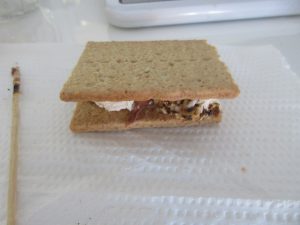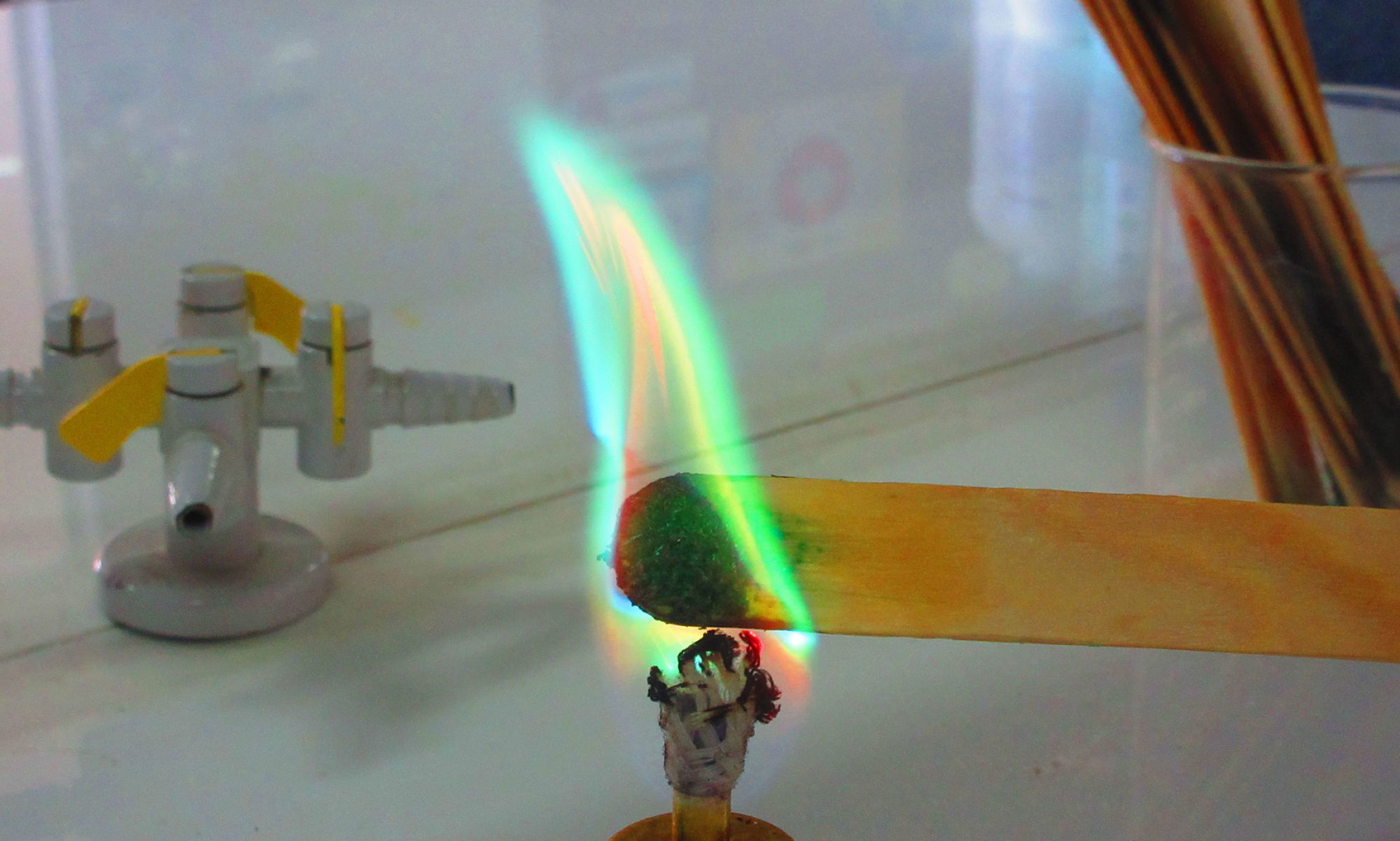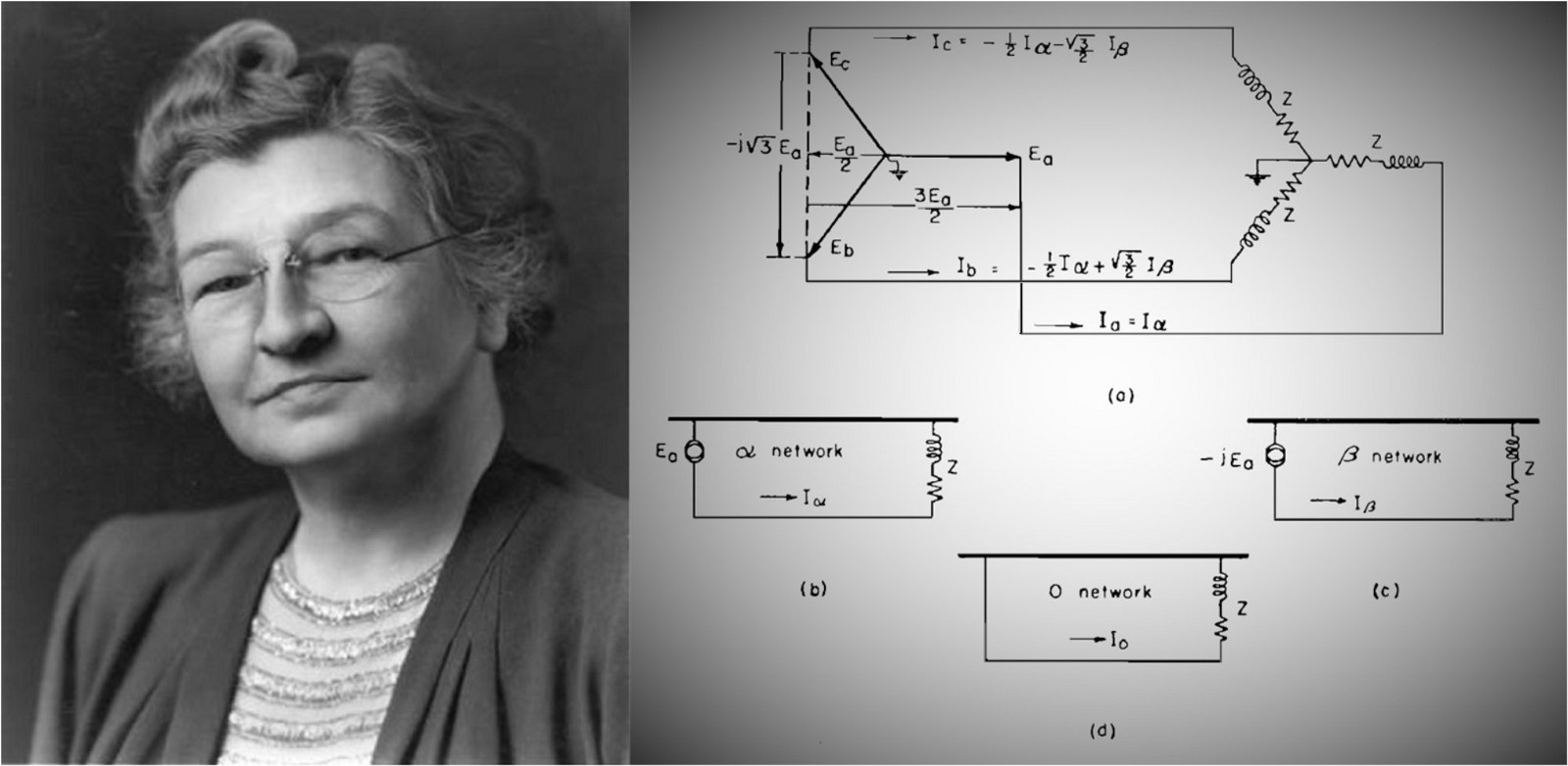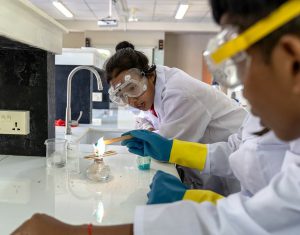Have you had s’more before? What was it like? Was it good?
 If you (like me) didn’t know what the heck it is, it is an amazing campfire snack in North America (according to Google) but as a Cambodian, I had never heard of or taste it before. Yet, last week in my Chemistry class, we did a S’more Lab to further our understanding and knowledge about limiting reactants (and get to taste it for the first time).
If you (like me) didn’t know what the heck it is, it is an amazing campfire snack in North America (according to Google) but as a Cambodian, I had never heard of or taste it before. Yet, last week in my Chemistry class, we did a S’more Lab to further our understanding and knowledge about limiting reactants (and get to taste it for the first time).
We were given Graham crackers (Gc), marshmallow (M), chocolate piece (Cp) to make our own s’more. During the lab, we were required to balance out the equation and figure out limiting and excess reactants as well as calculate the experimental and theoretical yield. I have such a great time with my team doing the lab, by the way.
This lab, not only it’s a lot of fun, but it had helped me to better understand about experimental and theoretical yield since I wasn’t sure on how to apply it into real life. Overall, I had such an incredible time do the lab and be able to learn about limiting reactants and make our own s’more. Yum! Yum!




